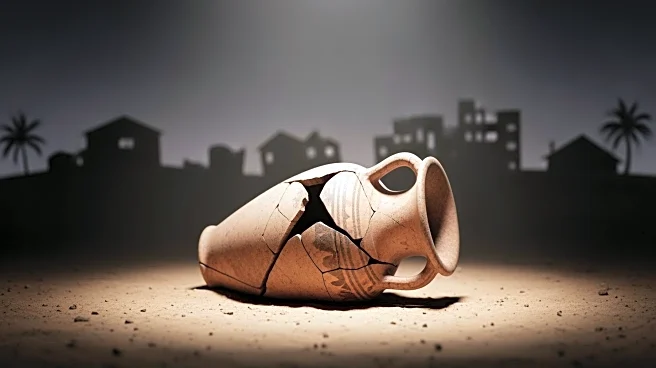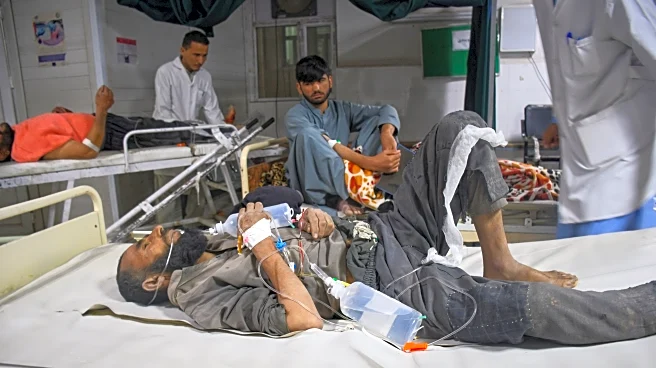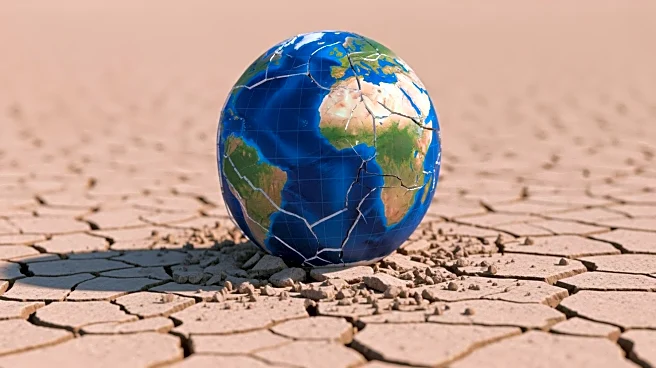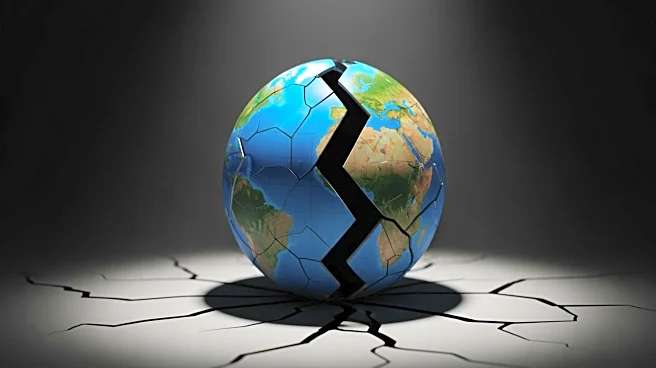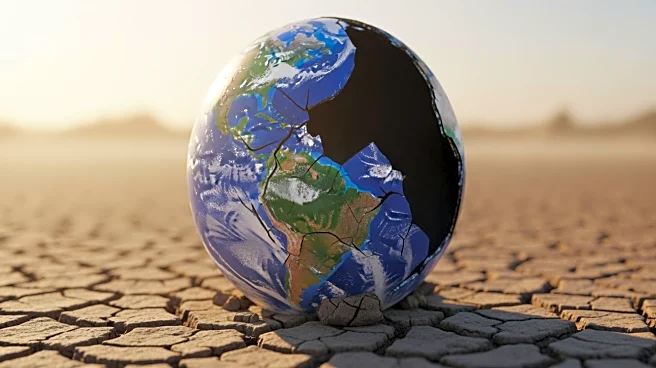What's Happening?
A powerful earthquake with a magnitude of 6.3 struck northern Afghanistan, causing significant damage to historical sites and displacing many residents. The epicenter was located near the town of Khulm
in Samangan province. The earthquake resulted in the deaths of at least 27 people and injured nearly 1,000 others. Among the damaged sites is the Blue Mosque in Mazar-e-Sharif, a revered religious landmark, and the Bagh-e-Jahan Nama Palace in Khulm. The earthquake has left many survivors spending the night outdoors in cold conditions, with ongoing aftershocks adding to their distress. Emergency response teams are working to provide aid, including tents and basic necessities, to those affected.
Why It's Important?
The earthquake highlights the vulnerability of Afghanistan's infrastructure, particularly in remote areas where buildings are often poorly constructed. The damage to historical sites like the Blue Mosque and Bagh-e-Jahan Nama Palace underscores the cultural loss that accompanies such natural disasters. The situation is exacerbated by Afghanistan's limited capacity to respond to emergencies, which could lead to prolonged suffering for the affected populations. The international community's response and support will be crucial in aiding recovery efforts and preserving the country's cultural heritage.
What's Next?
Rescue operations are expected to continue as authorities work to provide shelter and medical care to those affected. The restoration of damaged historical sites will be a priority, especially with the onset of winter, which could further complicate recovery efforts. The Afghan government and international organizations may need to collaborate on long-term strategies to improve disaster preparedness and infrastructure resilience in the region.
Beyond the Headlines
The earthquake serves as a reminder of the ongoing challenges faced by Afghanistan, a country already grappling with political instability and economic difficulties. The preservation of cultural heritage sites is not only important for historical reasons but also for maintaining national identity and pride. The disaster may prompt discussions on improving building standards and emergency response capabilities to better protect vulnerable communities in the future.
